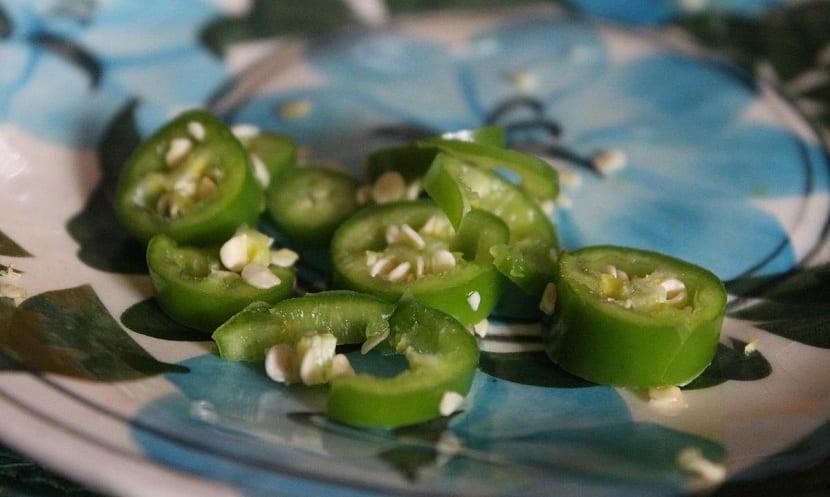
The cuaresmeño chili or jalapeño is well known throughout the world. Anyone who has heard of spicy Mexican food has heard of the cuaresmeño pepper. Its scientific name is Capsicum annuuum. He is originally from the city of Xalapa in the state of Veracruz (Mexico).
In this article we will describe all their characteristics and origin and we will teach you the main steps to grow them at home. Do you want to know more about the jalapeño pepper?
Characteristics and origin
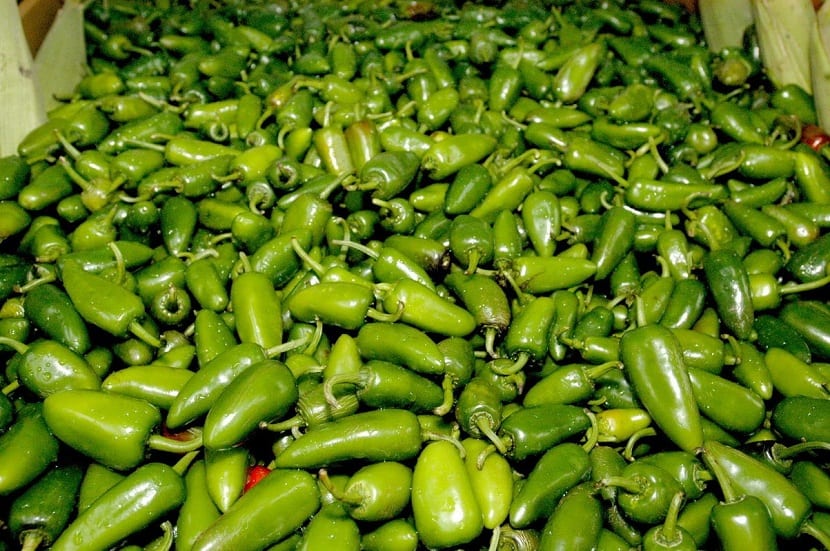
It is part of the Magnoliophytas division, Magnoliopsida class, Asteridae subclass, Solanales order, Solanaceae family, Capsicum genus, and species Capsicum annuum.
It is a perennial herbaceous species, green in color, which is usually grown annually. It is generally between 80 and 100 centimeters tall. It blooms from May to August, and the fruiting period is from July to November.
It is quite cultivated and consumed in America, mainly in the south of Veracruz. The fruit of the Cuaresmeño chili is characterized by having an elongated and fleshy shape. Similar to that of a pepper but very hot. It is capable of reaching 7 centimeters in length and 3 in width from the base. It is quite aromatic and when added to dishes it gives them a rich flavor. Quite spicy and tasty. It has become one of the most demanded products of Mexican food.
The cuaresmeño chili is used before and after ripening. Much of all production goes to drying. Once it has gone through this process, it is called chipotle chili or smoked chili.
The intensity of the flavor of the jalapeño pepper depends on the type of soil and the seed with which it has been sown.
Cultivation of cuaresmeño chili
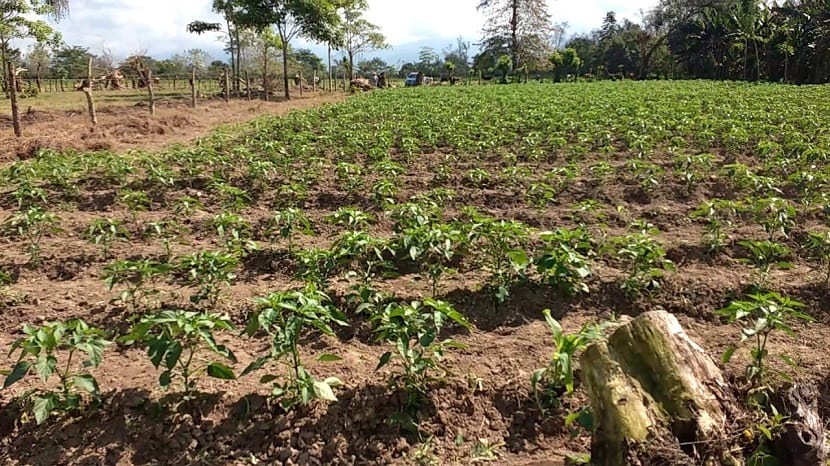
To plant the jalapeño pepper you have to wait for the time before the wet season. The most normal thing is to harvest it about 70 days after sowing. Each plant bears between 25 to 35 fruits. It can be grown both at sea level and in a radius of 2.500 meters. This allows it to be planted in various regions of Mexico.
To sow it you just have to follow a few simple steps. It generally adapts to various climates. The easiest way is from the seeds, in potting soil and nurturing the sprouts. Depending on the area (if it is more favorable or not) it can be moved to a garden to perform a step-by-step procedure.
Next we will go on to explain the steps to take into account to sow the Cuaresmeño pepper.
Steps to grow it
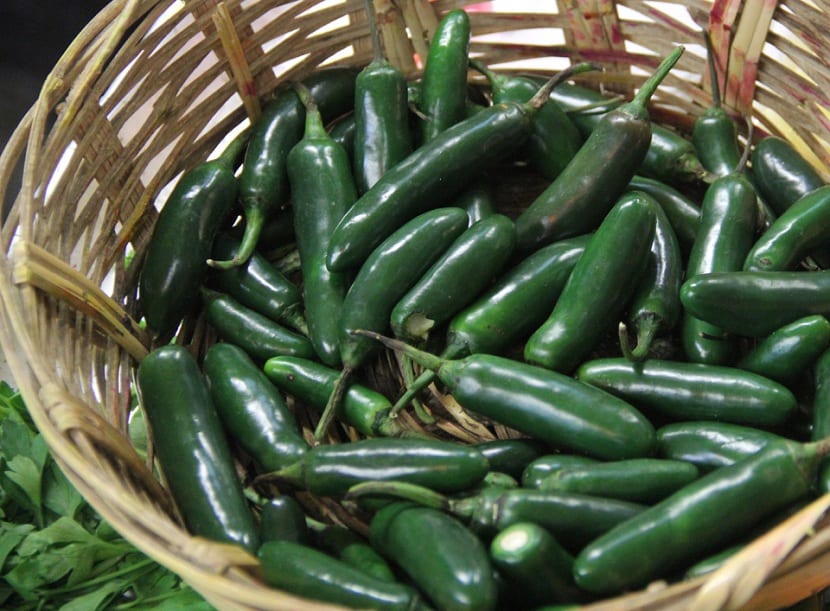
- We must first place between two and three seeds in the pot and fill it with a small piece of soil. For this to work well, the substrate must always be moist. In this way the seeds will be able to germinate.
- Keeping the place dark until the buds appear we ensure that the growth is good. Once the shoots have started to appear, we have to remove the lid to guarantee the sun's rays. If we leave it in semi-shade they will grow doubled, since they tend to go where the sun is.
- When three to four leaves sprout, they should be separated and placed in a larger pot for better growth.
- As long as the area where it is grown does not have frosts, it can be kept in the garden. It is best to place them in an area where you have at least six hours of light a day. A hole twice the width of the pot should be dug deep enough so that the soil reaches the level of the leaves. Between plant and plant we must leave about 30-40 cm apart so that they do not compete for food.
- You have to water them once a day. For them to grow in a healthy way, they should receive 2,5 cm of water weekly.
- Keeping the garden free of weeds is important so that they are not victims of pests or diseases. In addition, this weed can absorb the water required by Cuaresmeño jalapeños.
- It is convenient to add a compost of mushrooms or compost on them when they have been more than three weeks. This way we will provide them with additional nutrients.
- After a few months it is time to harvest. Jalapeno peppers need to have a bright green hue to know that they are fully ripe. The better the color, the more itchy. You can choose to leave them on the plant to make them sweeter. They will turn black first, then red.
Jalapeño pepper tradition and nutritional information
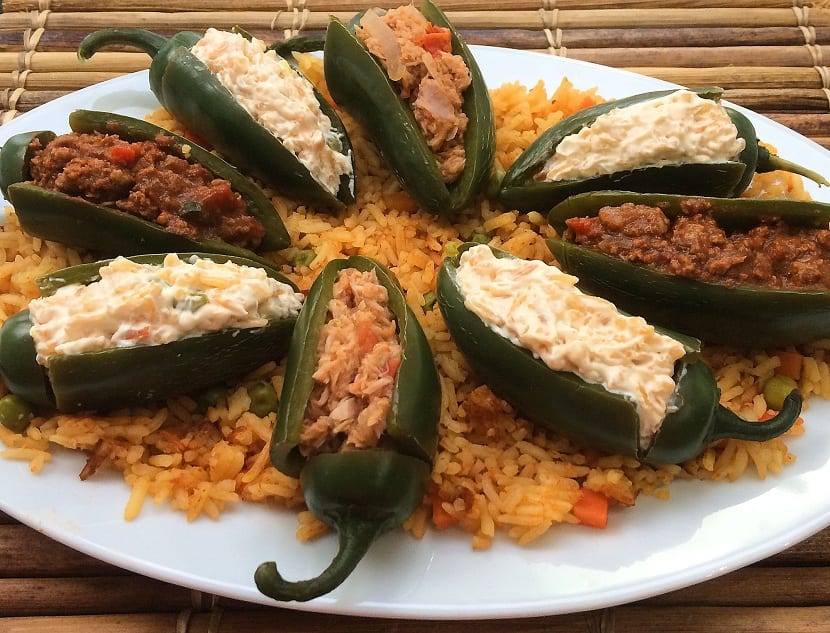
For more than 500 years, the jalapeño pepper has been an important food source for Mexicans. In fact, images have been found in codices about the lost of various pre-Hispanic cultures such as the Aztec, Zapotec and Teotihuacan. The oldest evidence of the jalapeño pepper in Mexico dates from the years 6900 and 5000 BC It is located in the Coxcatlán cave, in the area of Tehuacán, Puebla.
At present it is used as an essential ingredient in the gastronomy of the country. Beans and corn along with jalapeño are present in 90% of their dishes.
Each 100 grams of jalapeño pepper provide 28 calories, 0,4 grams of fat, 3 milligrams of partner, 248 milligrams of potassium, 7 grams of carbohydrates, 2,8 grams of dietary fiber, and 4,1 grams of sugar. Provides the body with Vitamins A, B6, B12, C, and D in different amounts; 15 milligrams of magnesium, 0,9 grams of protein, 12 milligrams of calcium, and 0,3 milligrams of iron.
Cuaeresmeño chili is a delicacy for Mexican food. Many people from all over the world go to Mexican restaurants or directly to Mexico to taste the delicious dishes with jalapeño, enchiladas and chipotle sauces. There are also those who compete in spicy tournaments where the contestants must eat high concentrations of spicy food until they can't take it anymore. In this type of competition, the Cuaresmeño chili is of great importance, since the hottest ones are reserved for the occasion.
It is also used as a driver of hunger, since the relationship between spiciness and the sensation of hunger is known.
As you can see, this chili is a delight that can be had in our urban orchard or garden.